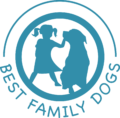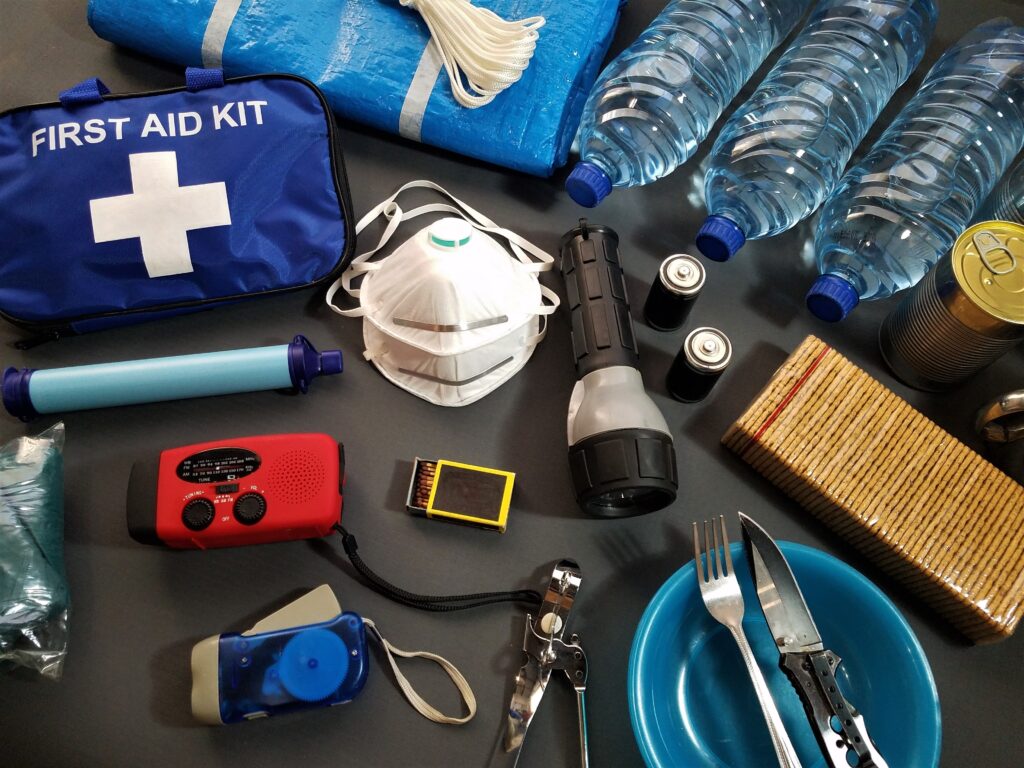Unmasking the Hidden Dangers: 5 Household Hazards To Your Dog’s Health and How to Prevent Them
As pet owners, one of our topmost priorities is ensuring our canine companions remain safe and healthy. However, the comforts of our own home can still pose certain risks to our beloved four-legged friends. There are many hidden dangers in the house hold that can pose an issue to dog health. There are ways to prevent these dangers and minimize daily risks to your pets. In this blog post, we’re highlighting five canine first aid hazards that can be found in the typical household. Knowing what these are and how to mitigate the risks can help transform your home into a safer haven for your pets. Now, let’s take a closer look at these potential dangers lurking right at home.
Canine Traumatic Injury: Blunt or Penetrating Trauma
Unfortunately dog’s getting hit by cars or injured in motor vehicle collisions occurs to 10,000 to 2.5 millions dogs every year in the United States. After suffering canine blunt or penetrating trauma after vehicle collision, some of these dogs are lucky, and make a full recovery. But many others require expensive, life saving surgeries or procedures that owners may not be able to afford. Even a dog who does not get physically injured at an accident scene may run away from the traumatic event because they feel scared. Sometimes dogs go missing after a car crash. The big problem with accidents are that they are preventable, if people take proper safety precautions to keep their dog safe when outside or when travelling in the car less dogs would be injured or missing.
Preventing Canine Hit and Runs and Vehicle Collisions
The best way to prevent your dog for being involved in a canine hit and run or vehicle collision is to use proper equipment. Leash your dog when outside, even using a longer line if necessary. Have a secure yard, and check your equipment and yard regularly to ensure it is in proper working order. Check that the yard is still secure. Check your yard regularly for holes, and check the fence for loose or defective areas. Check the gate latches to make sure they continue to lock well. You can use a harness in the car to latch your dog securely to the seat to keep him from hitting the dashboard or from suffering other injuries if a vehicle collision does occur. This will also keep him contained until you are safe to free him so he does not run away at the scene.

If Your Pet is Injured, Bleeding, or Bitten
Caring for a pet can be a rewarding experience, but it also carries a certain level of responsibility. As a pet owner, it’s important to know how to handle potential hazards and provide first aid for your dog in case of an emergency. It may happen that your dog cuts their paw, or gets bitten and has a bleeding wound while on a walk.
How to Manage an Injured, Bleeding or Bitten Pet
First, check for bleeding and bandage wounds as soon as possible. Make sure to clean the wound with a damp cloth before applying a bandage. Applying cold compresses or a cold towel to the wound can help reduce swelling and pain.
Secondly, watch for signs of shock, such as pale gums and rapid breathing. If your pet is exhibiting signs of shock, elevate their head and body, and keep them warm by covering them with a blanket.
Third, if your pet is bitten, it’s important to keep them calm and take them to the vet as soon as possible. Bites can quickly become infected and require medical attention.
If Your Pet is Choking
As pet owners, we all want to ensure our furry friends are safe and healthy. Unfortunately, accidents can happen when you least expect them, and it is important to be prepared for any canine first-aid hazards that may arise in your own home.
One of the most common canine first-aid hazards is choking. If your pet is choking, remain calm and assess the situation. Check your pet’s mouth for any obvious obstructions and, if safe to do so, try to remove them. If your pet is still choking and you are unable to remove the obstruction, try to perform the Heimlich maneuver on them. If your pet is still choking and you are unable to perform the Heimlich maneuver, take your pet to the vet immediately.

What to Do if Your Dog Goes Unconscious
Another common hazard is if your pet is unconscious. If your pet is unconscious start CPR and take them to the vet immediately. It is important to remember that CPR should only be performed by trained professionals and should not be attempted by the pet owner unless they have the required training.
It is also important to be aware of other hazards that may arise in your own home, such as poisoning, heatstroke, and burns. If you suspect your pet has been poisoned, take them to the vet immediately. If your pet has heatstroke, move them to a cool place and contact your vet. Burns should also be treated immediately and your pet should be taken to the vet for further treatment.
By being aware of these canine first-aid hazards and taking the necessary steps to prepare for them, you can ensure that your pet will be safe and healthy in your own home.
If Your Pet is Poisoned or Exposed to Toxins
Dogs are curious creatures that can get into a variety of trouble in your home. Unfortunately, this can sometimes lead to accidents and injuries that require first aid. To keep your canine companion safe, it’s important to know the potential hazards in your own home and how to respond in the event of an emergency. Here are five canine first aid hazards to be aware of:
1. Ingestion of Toxins: If your pet has ingested a toxin, contact your veterinarian immediately and follow their advice. Make sure to keep the container or packaging of the toxin to show your veterinarian. If the toxin is a pesticide, contact the National Pesticide Information Center (NPIC) for more information.
2. Exposure to Hazardous Chemicals: If your pet has been exposed to a hazardous chemical, take him/her outside immediately and rinse off the chemical with a hose or running water. Contact your veterinarian for further advice.
3. Ingestion of Poisons: If your pet has ingested a poison, give him/her milk or water to drink but do not induce vomiting unless advised by a veterinarian. Contact your veterinarian immediately for instructions.
5. Electrical Shock: If your pet has been shocked by an electrical current, make sure to cut off the power source before trying to move them. Contact your veterinarian for further instructions.
By being aware of the potential hazards in your home, you can be prepared to respond in the event of an emergency and provide your pet with the best care possible. If your pet is ever in need of first aid, contact your veterinarian immediately and follow their advice.

First Aid Kit for Pets
As a pet parent, you want to keep your pup safe and sound in your home. But did you know that your four-legged friend can face a number of hazards in your own house? Here are five canine first aid hazards you should be aware of to keep your pup safe.
Burn Hazards: Hot surfaces like stovetops and radiators can cause serious burns and should be avoided. Make sure that your pup does not come into contact with them if they are playing with toys.
Electrical Hazards: Exposed cords and any hot surfaces, be aware and help keep your dog aware from these areas.
Choking Hazards: Small objects such as coins, batteries (cell batteries), magnets, buttons, and small toys can be a choking hazard for your pup. Keep these items away from your dog as they can be a shock hazard for your pup. Make sure to keep cords and outlets covered and out of reach of your pup.
Poisonous Materials: Antifreeze, cleaners, and medications can all be poisonous to your pup. Keep these items out of reach of your pet, and always store them in a safe place.
Trauma Injuries: Falls, being stepped on, or being hit by a car can cause serious trauma injuries to your pup. Make sure to supervise your pup closely while outside and keep them away from roads and busy streets.
By being aware of these five canine first aid hazards, you can help keep your pup safe and sound in your own home.

